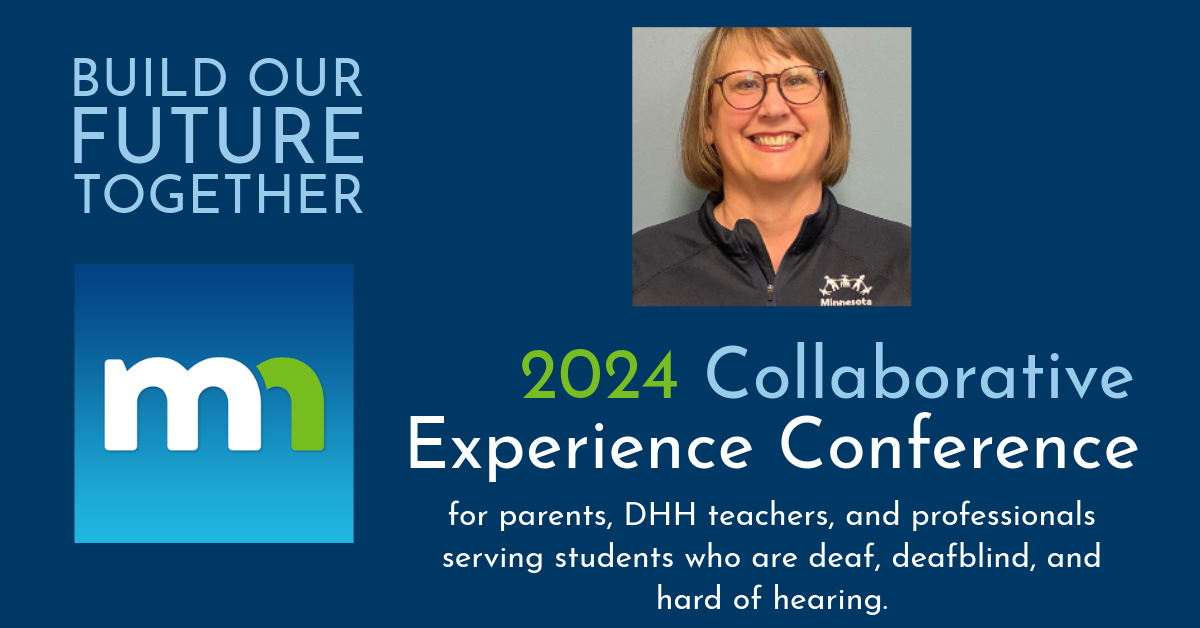
Many students who have combined hearing and vision loss have additional disabilities. This session will provide a brief overview of deafblindness and its impact on access for language, communication, learning and people, including simulations. Criteria and rationale as to why DeafBlind should be primary will be discussed, as well as resources for teachers of deaf/hard of hearing, and comparison and clarification of roles of the intervener/paraprofessionals and contracted nurses/district health staff and interveners.
Ann Mayes has worked in the field of special education for 35 years. She was a teacher of deaf/hard of hearing in a variety of settings including self-contained classrooms, a charter school, and as an itinerant teacher for 30 years. During her time as a teacher, she also taught a range of students with deafblindness and supported interveners, educational ASL interpreters, and was a lead teacher/mentor. Ann was also a cooperating teacher for several student teachers of deaf/hard of hearing. In the field of deafblindness, Ann is currently the statewide DeafBlind specialist with the MN Low Incidence Projects and the education specialist for the MN DeafBlind Project. She also is the program coordinator for the Minnesota Mentor Program and facilitates professional development for Region 11 educational ASL interpreters and cued language transliterators. Ann has a passion for assessing students to determine their primary disability and tailoring individualized programs to meet their accessibility, language and social needs. When she's not working, she is a proud grandmother of two granddaughters. She's also an avid indoor gardener and knitter.